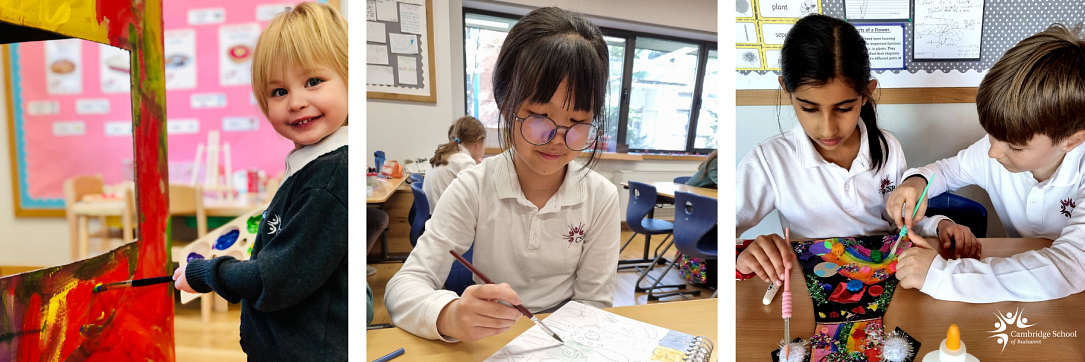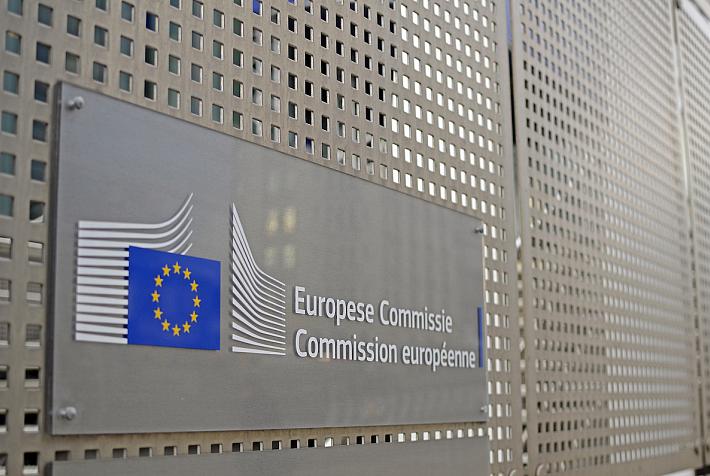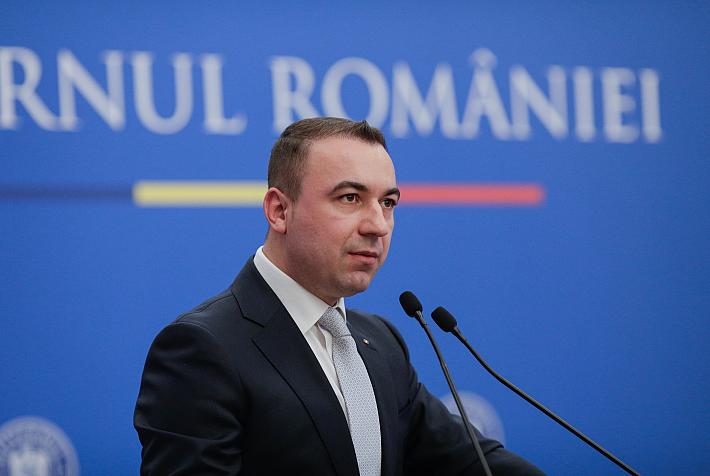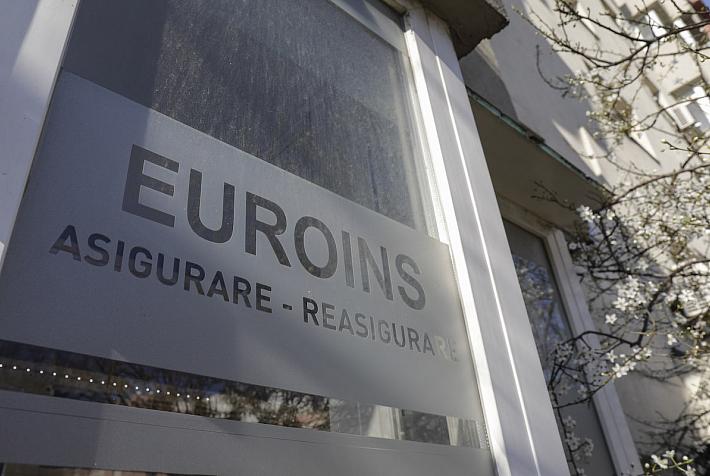(P) Arts and Academics: A Whole-Child Education

Subjects that fall within the creative arts (Art, Dance, Drama, and Music) are important elements of any school curriculum and any child’s development, yet these are all too often dismissed as less important than traditional core academic subjects. While worthy areas of study unto themselves, the creative arts also support progress in Maths, Science, and Language. Indeed, no curriculum is complete without these vital subjects.
The creative arts can help in the development of many skills and can expand students’ knowledge and skillsets. Students who study the arts better develop creative problem-solving skills and have more fully developed language and social skills. They are risk takers and also demonstrate high levels of discipline, perseverance, and patience.
Many academic research studies have concluded that those who engage in arts perform better in reading, writing, and maths. In these studies, reading and cognitive development were found to increase, as well as organisation and higher-order thinking such as analysis and problem solving.
Learning a musical instrument, creating a painting, performing a play, learning to dance, or singing in a chorus teaches students that taking small steps, practising to improve, being persistent, and showing patient are important for growth and improvement. Students gain confidence as they try to accomplish things that do not come easily. Learning an artistic discipline helps young people develop character. Students learn habits, behaviours, and attitudes that are necessary for success in any field and are linked to success in all forms of employment.
Art subjects encourage self-expression and creativity and can build confidence as well as a sense of individuality and identity. It can also help with well-being and improving health and happiness particularly times of stress such as during a pandemic or exam cycle. Many people turn to the arts as a form of expression and of relaxation, which can ultimately support the whole student.
Engaging with art is essential to the human experience. It is a great way to meet new people and develop self-confidence through social interaction and performance. Joining a choir or band is a great way to mix with people with similar interests or skills. At Cambridge School of Bucharest, there is a British Sign Language (BSL) signing choir with students from primary to sixth form, as well as opportunities for individuals and band ensembles to perform.
Arts education is especially important for the youngest of learners. “Dance activities allow students to express themselves, their interests, and their feelings in a physical way, beyond language barriers. Rhythmic movements and actions allow students to explore new and exciting worlds, and create memorable links to relevant vocabulary, build their physical confidence, and help them become more balanced and coordinated in their movements,” says Naomi Springer, an EYFS classroom teacher at CSB.
CSB is in the process of developing a purpose-built Arts complex that will incorporate a theatre, art rooms, design & technology workshops, and drama and music studios This investment shows the commitment that CSB has to promote the importance of the arts.
In 2020, CSB sought to develop the art curriculum further with the inclusion of IGCSE Art and Design course to an expanding curriculum. This has proven to be a very popular choice for students with over twenty Year 10 students opting for this qualification in its second year of operation.
Year 10 student Maya P. states that CSB’s IGCSE Art and Design course has “enabled me to have more creative freedom and expression.”
From EYFS to Secondary, an arts education gives students the skills and confidence necessary for success not only in the classroom, but also in life.
(p) - This article is an advertorial.











